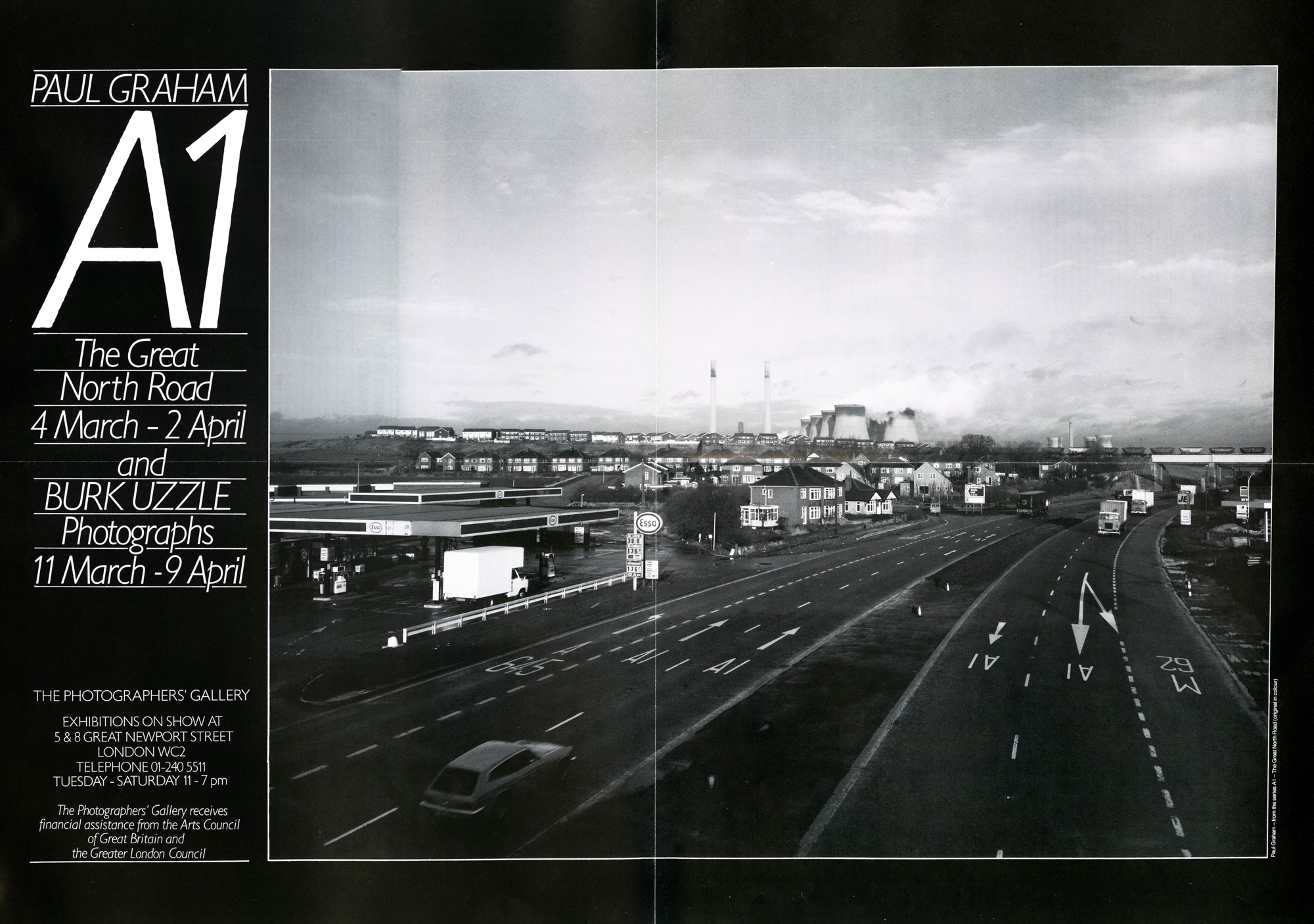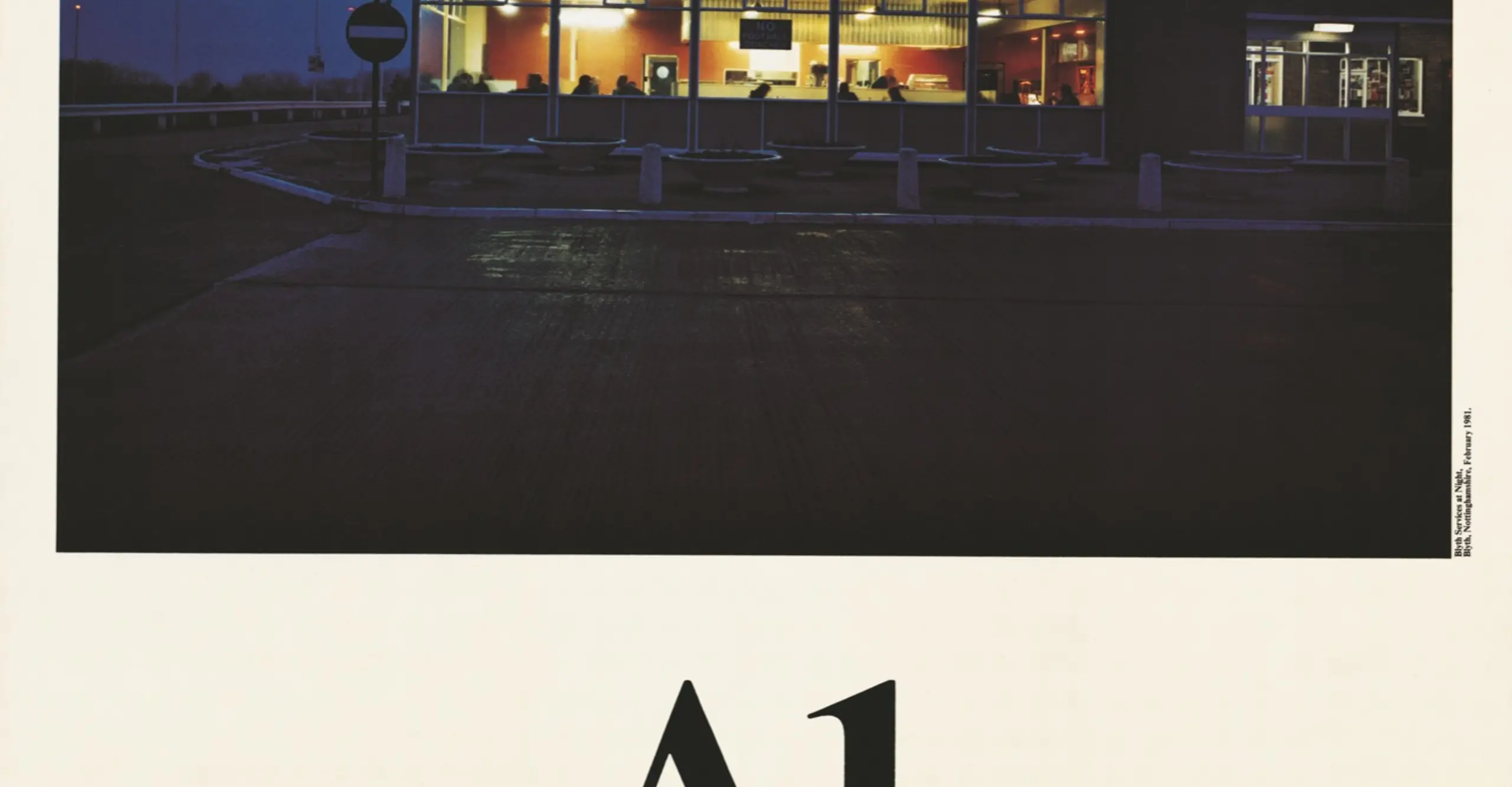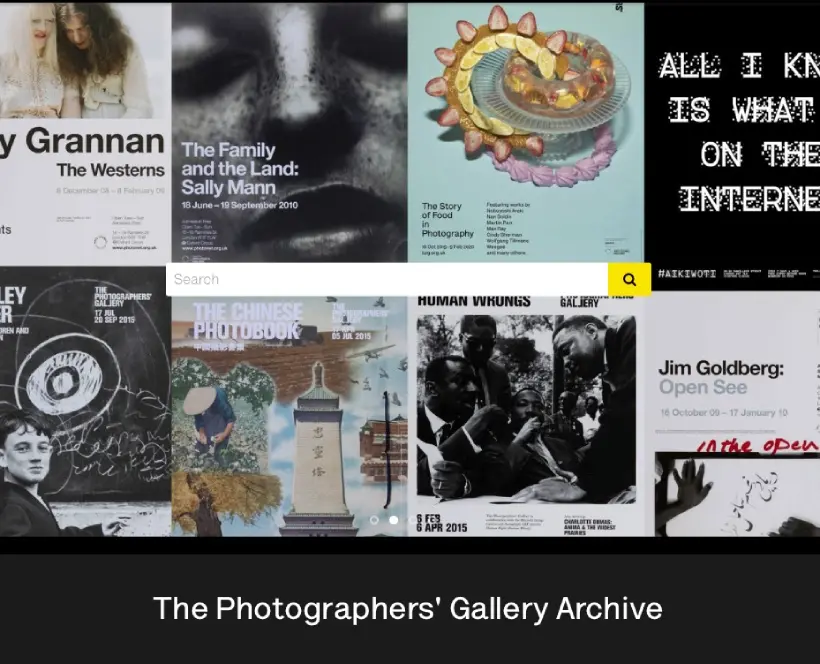There are few British photographers who have worked consistently in colour. The prevailing ethic has been to work in black and white, and colour has for a long time been taboo to many photographers, especially those working in the documentary field. Colour and black and white photography are very different idioms, as different perhaps as etching is to watercolour painting, each requiring a different technical knowledge and creating divergent visions.
The one has been appropriated by the amateur and commercial market; the other has become the recognisable domain of fine art or documentary photography. Apart from the versatile photojournalist, there has been a certain understandable reluctance to change from the simplifying virtues of black and white photography with its formidable tradition, to the more volatile and commonplace colour photograph.
In the last five years, however, there has been a growth of interest in the medium of colour. Young photographers have embarked on projects for which colour is both essential and unobtrusive; the colour being a means to an end and not merely colour for colour's sake. Peter Mitchell, Bob Phillips, Martin Roberts, Charles Meecham and Paul Graham, amongst others, have been working in colour for several years, producing a kind of imagery in which colour is integral rather than superficial; photographs in colour rather than photographs of colour.
Apart from its descriptive value, (the colour of something tells us as much about it as its shape or tone), colour work has an additional emotional dimension, deriving from its apparent closeness to reality. And yet colour is no more true to reality than black and white. Both are equally unreal translations, abstractions from the continuum of time and therefore remote and intangible, beyond our power fully to apprehend.
In Paul Graham's series The Great North Road, colour often contradicts the mundane reality of the road. The landscapes, few and far between, are flat and unromantic and the road is primarily depicted through the interiors of the wayside stopping places and service stations. In these places the bright, plastic décor reflects an attempt on the part of the road's inhabitants to stamp their identity on a place which lacks the unity of village or town, and also to alleviate the journeys of their customers. The artificial colour of the interiors contrasts with the more muted colour of the landscapes through which the road passes.
The A1 itself could be called the backbone of Britain stretching from London up to Edinburgh, via York and Newcastle-upon-Tyne. Its name The Great North Road implies the wealth of history and incident, which clings to a thoroughfare which has been in existence for centuries. Since the building of the in the 1950's the A1 has declined, and Paul Graham's photographs possess an element of nostalgia, as well as being pictures of contemporary life on the verge of the road.
The Great North Road may have been superseded, but the photographs reveal its life, and the portraits reflect eloquently the character of the people who still work or travel along its way. Of the series Paul Graham has written:
"The A1 was the first major North-South route across England, and remained the central artery of the Nation up to the late 1950's when it was usurped by the fast and efficient motorway system, which left the A1 in a state of atrophy, under-used and decaying. This document includes portraits, landscapes, street photographs, architecture and interiors, with the only stipulation being that each image must be taken on or directly beside the road."
"The purpose of the project has not been to produce a simple documentary on the A1, but to use the Great North Road as a thread that links the entire country, along which we can travel and so weave a picture of England today. The complete document is intended as a photographic allegory, with apparently simple images recording a journey along the road, and providing a cultural document that reflects and reveals something of the state of our nation in the 1980's."

Paul Graham's previous work has included photographs of houses and café interiors, which reveal sociological as well as aesthetic concerns. He has exhibited at the Arnolfini Bristol, Mayer Gallery New York, Ikon Gallery Birmingham, Plymouth Arts Centre, and John Hansard Gallery Southampton. This is his first one-man exhibition in London, and a tour is also being arranged, which will include The Graves Art Gallery Sheffield, and Lotherton Hall Leeds.
Text written by Rupert Martin
For further information on this and past exhibitions, visit our Archive and Study Room.

